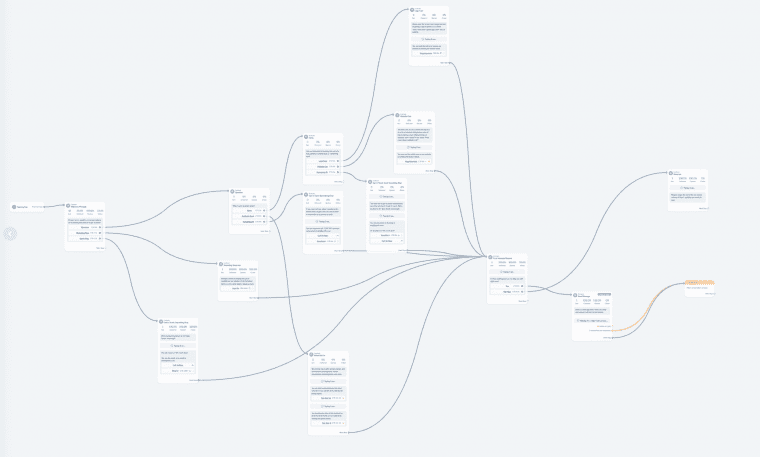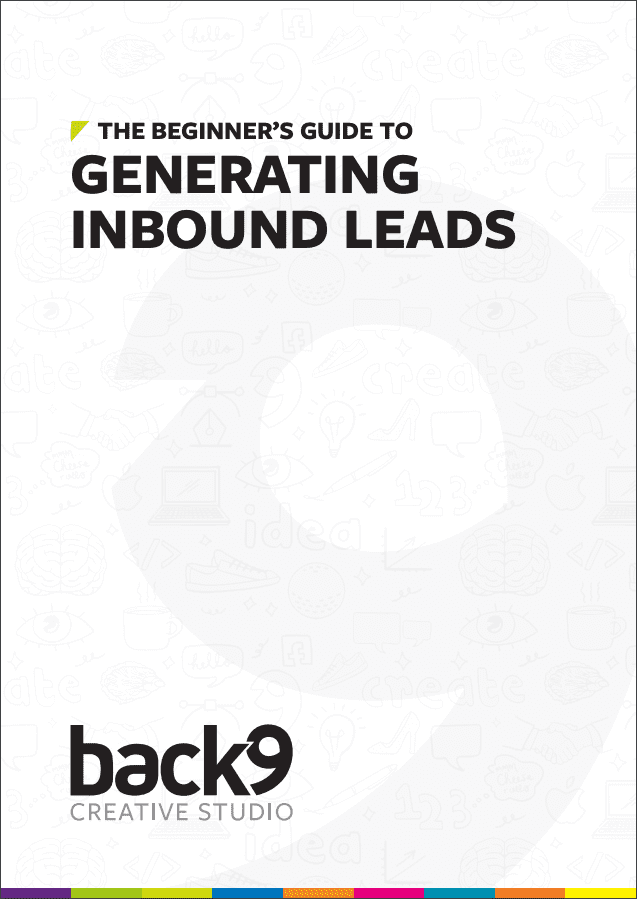Like anything that involves the unknown, and when there are so many options, knowing what to look for to choose the right marketing agency for your business is no different. In this article, we will try and point out some things that may help you get to a decision you’re comfortable with faster.
There a number of ways for Growing Your Business Online That Will Actually Work, And with well over 4 billion internet users today? If digital marketing can help you engage with a fraction of this, it will play a huge role in your company’s growth.
Digital marketing can provide your business with so much potential return, so, why would you ever leave something as big as your company’s success to chance? Or why would you sacrifice your own time to learn (or try to learn) how to do your own marketing? Wouldn’t you be best doing what you do best? That’s probably why you went into business in the first place right?
Knowing how to choose the right marketing partner for your business is not an easy feat. After all, marketing companies are all pretty good at talking – it’s what they do! But finding one that also ‘walks the walk’ can be somewhat difficult. And when the growth of your business depends on finding and working with people you can trust, there’s a few things you can do to make sure you make the right CHOICE.
Choosing a marketing agency
There are plenty of ways of deciding which agency you want to work with:
- Formal Quote or Proposal
- Pitch for your business
- Seeing sample/small projects up front
- Word of Mouth – Getting a referral
- Basing your decision on cost
As I alluded to above, Finding an agency is easy. The hard part is finding an agency that is the right fit for your business. I recommend you think about the following things before trying to decide.
Trust
The digital marketing landscape can be a bit of a minefield. It’s continually changing, so it’s natural that plans and tactics will need to change over time. Do you trust your agency to keep up, and keep you informed long the way?
Like any relationship, it won’t always be smooth, and there’s bound to be some turbulence from time to time. It’s really important, essential in fact, that you know you can communicate with your agency freely and address difficult situations. Being open to engagement feedback will help. So ask them what happens when things go wrong. Can you trust them to step up and fix and/or deliver without unexpected invoices coming your way? When deadlines are fast approaching and something’s not right, can you count on honesty, even if what they say is the last thing you want to hear?
Value
When you choose to move forward with an agency, it’s a good idea to ask them for some real-life examples of how they have helped businesses like yours. Do they have case studies available? What are their fields of expertise? Will they deliver you real value?
Transparency
Transparency relates back to trust. Pricing for example–and let’s be honest, no-one likes to talk about money–but if all the cards are on the table from the start, everyone knows where they stand. This includes the agency being upfront about charges and costs and you being upfront about budgets and what you can afford. It’s no secret that some marketing companies will tell you what you want to hear just to win your business. Be wary of this. Starting a relationship on false pretences will more often than not lead to more deception later on. You simply can’t build on a foundation of misrepresented truths.
Choosing an Agency is your decision
Size doesn’t matter
You might not be looking at being the biggest client, or the smallest, but the days of judging companies on the number of desks in their office are gone. Bigger teams don’t guarantee work will be done faster or to a higher quality.
Look into the company’s culture. Does the team communicate well, collaborate with each other internally and externally? And most importantly do they demonstrate an understanding of your vision? Do they get how important what you do is – to you!
Often, (and we hear of this a lot) the people pitching to you won’t be the ones doing the work, so we recommend you find out who will actually be working on your project. In larger agencies, your projects could be handed down to less experienced or junior members. This isn’t necessarily a bad thing–unless they use you as “practice” for the “real clients”. Would you want that?
Are Case Studies Enough?
Before you hire a new employee, you would conduct interviews and check their references. Does the same happen when you engage a marketing agency? Whilst previous work is a good benchmark, it’s not the be-all and end-all. If you’re serious about marketing your business, you should ask to speak with some of your prospective agency’s clients. Then they can tell you themselves what the agency is actually like to work with and how it has helped their business.
Price isn’t everything…
Transparency and trust are key here! It’s true that time and costs can and probably will fluctuate from project to project or campaign to campaign. This can depend on the products and/or services used in each case. The important thing to keep in mind is the open-minded communication mentioned above. If the agency has a good track record of this and the clients they have are seeing good results or ROI, then this is a good indicator – if a campaign costs you $2000, but returns sales of 5X ($10k) then the value should outweigh the price every time.
How are the agency’s own marketing efforts?
Do they market themselves well? Do you find what they do engaging and educational? ‘Practice what you preach’ is essential when it comes to marketing.
Of course, how they promote and advertise their own business should be different from how they market yours. However, if you want to know how to choose the right marketing agency for your business, you will want to know and be comfortable they can do it for themselves.
How to choose the right marketing agency
Any decent marketing person can tell you that running any marketing activity without a plan or clear strategy without some type of optimisation, whether that be SEO, defining a conversion path or CTA (Call to Action) is ultimately going to result in failure. I said it in the into, but it bears repeating, you’re an expert at what you do – that’s why you started your business. The right marketing agency for your business is an expert at taking what you’re great at, helping you develop your ideas, and turn those ideas into action. This will, in turn, help your buyers connect with you and ultimately if everyone plays their role well, will result in reaching your objectives – whatever they may be.
It’s true that marketing has dramatically changed in the last decade and if you want to find an agency or outsourced marketing department that is a good fit for your business, you just need to do your research, consider the options available to you and be comfortable that you choose what you think is the best fit for you! And to help even further (based on Google search and excluding us) here’s an article for the best marketing companies in Southland.






![Are you too busy to market your business? [VIDEO]](https://www.back9.co.nz/b9/wp-content/uploads/2021/02/Are-you-too-busy-to-market-your-business-Banner.jpg)



